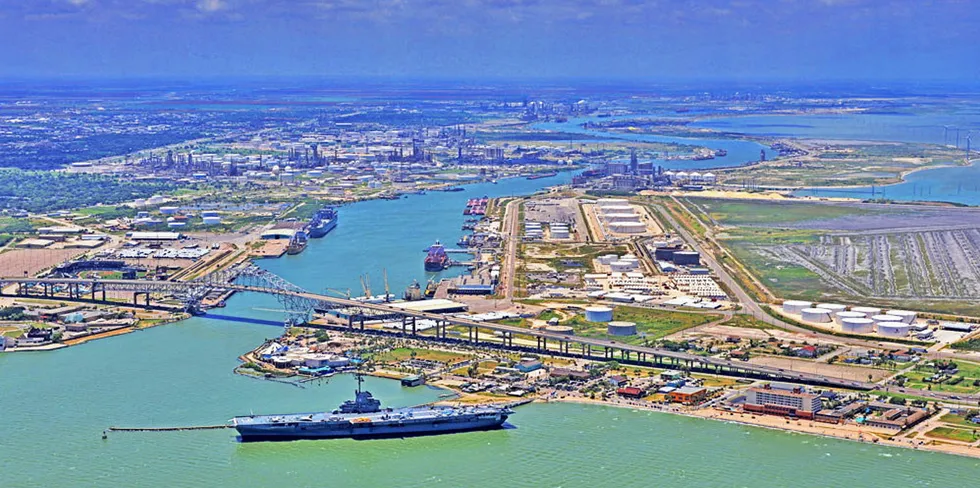'Chemical coast' | Apex in deal to build giga-scale Texan green hydrogen port complex
US developer signs MoU with partners to explore construction of giant wind- and solar-powered H2 facility in Port of Corpus Christi as part of ambition to decarbonise industrial Gulf of Mexico petro-infrastructure
